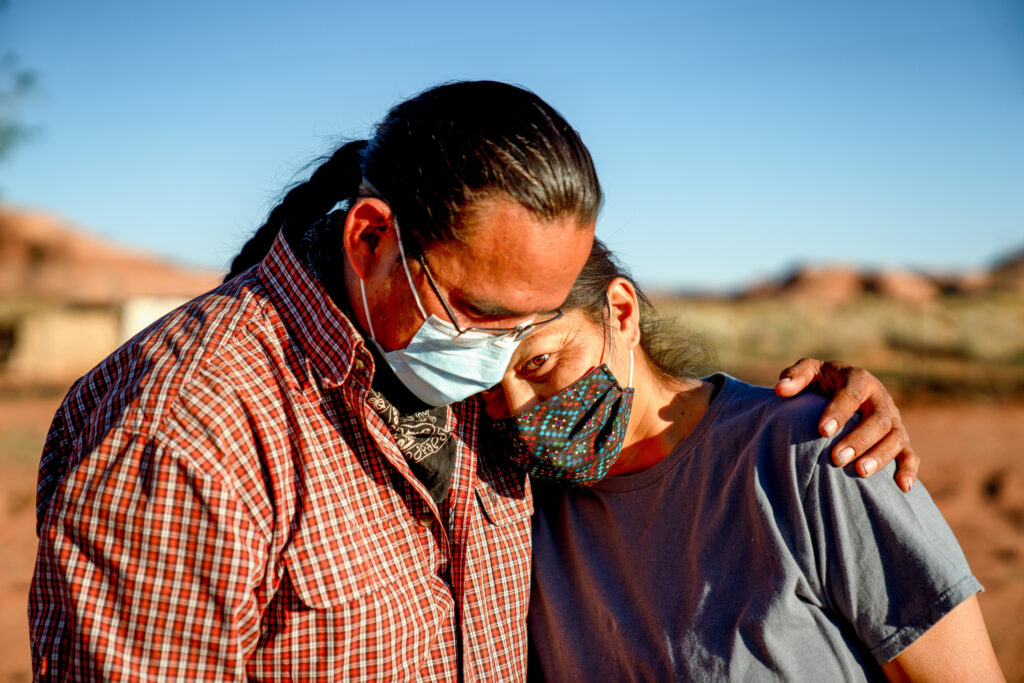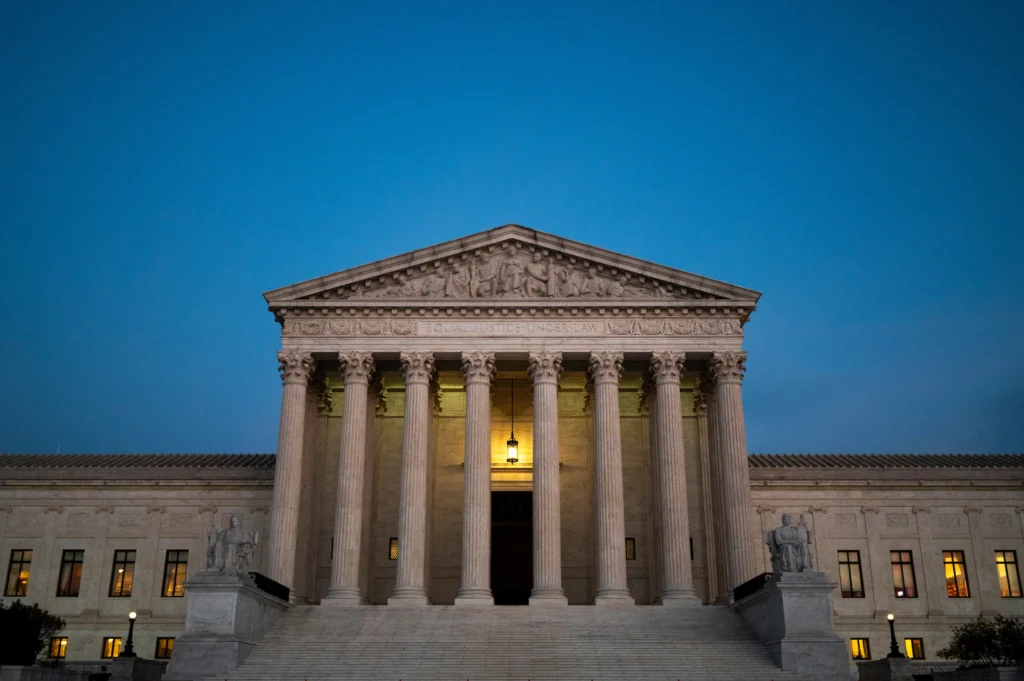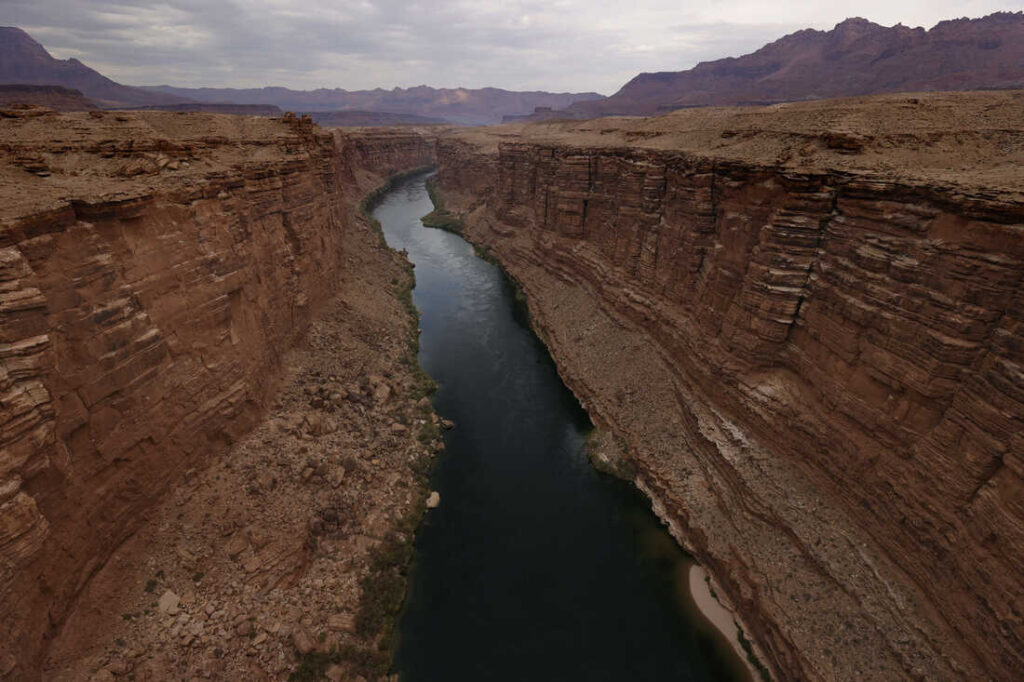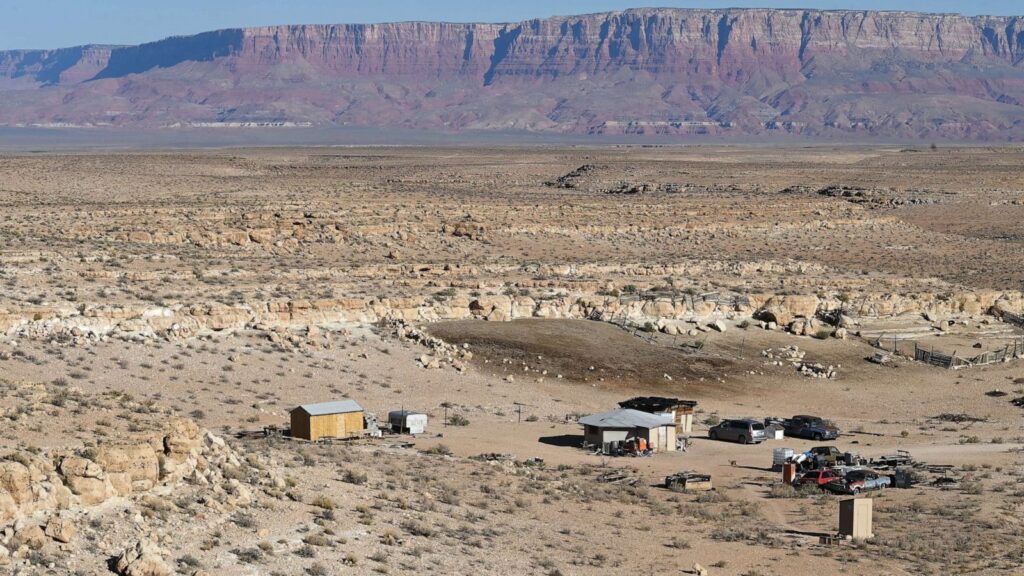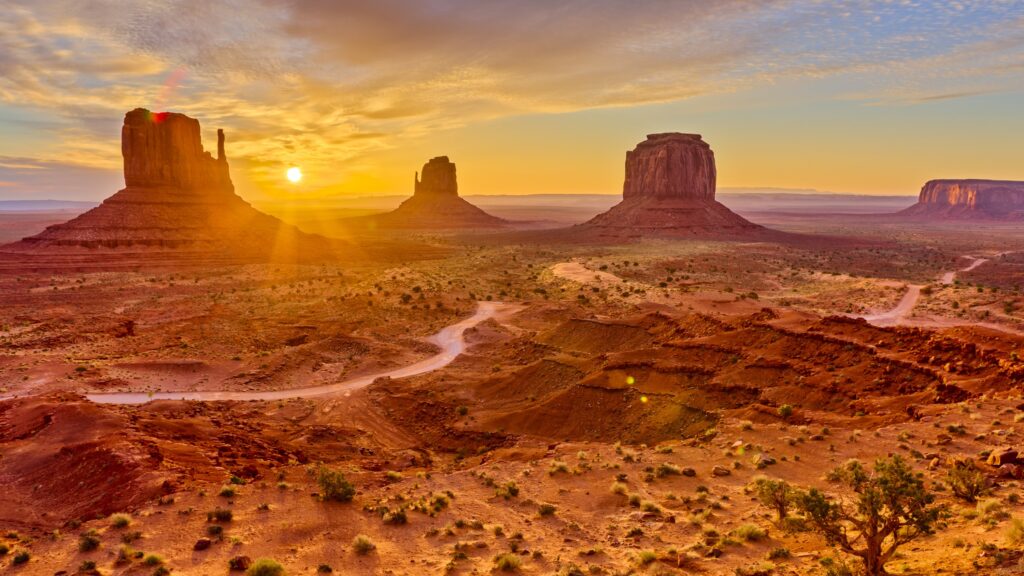On June 22nd, the United States Supreme Court ruled against the Navajo Nation in a case regarding the tribe’s water usage. In a 5-4 decision, SCOTUS decided that the federal government has no obligation to supply water to Native American tribes.
What launched this case?
In the 1868 treaty, the Navajo Nation agreed to cease war against the United States. As a part of their conditions, the Nation was given “the land, minerals below the land’s surface, and the timber on the land, as well as the right to use needed water on the reservation” according to the treaty. This treaty was vague in what this needed water signifies, and this is the main crux of the case which the Navajo Nation brought forth.
Divided thoughts
The justices not only were divided on what the ruling should be, but they were also separated on understanding what exactly it is the Navajo Nation was asking them to rule on. Justices Gorsuch, Sotomayor, Kagan, and Brown Jackson believed the Nation was simply wanting an identification of what exactly their water rights are as defined in the earlier treaty. Due to the vague terms, they wanted a clearer understanding of what provisions lay under that treaty.
These four judges were of the dissenting opinion with Justice Gorsuch writing that “in this lawsuit, the Navajo ask the United States to fulfill part of that duty by assessing what water rights it holds for them. The government owes the Tribe at least that much.”

On the other hand, Justices Kavanaugh, Roberts, Thomas, Coney Barrett, and Alito understood this case as the Navajo making it the federal government’s responsibility to take steps to secure the tribe’s water which can include setting aside funds for water infrastructure and finding out how to administer this to the areas which need it most.
In support of his decision, Kavanaugh explained that it is not the role of the Justice department to “rewrite and update” this treaty. “Rather, Congress and the President may enact—and often have enacted—laws to assist the citizens of the western United States, including the Navajos, with their water needs.”
Water situation in the Reservation
According to the Navajo Nation Department of Water Resources, “The Navajo Nation has severe water infrastructure deficiencies that impact the health, economy, and welfare of the Navajo people. The lack of adequate domestic and municipal water is the greatest water resource problem facing the Navajo Nation. Given the limited tribal resources, and the limited federal budgets and authorizations, the water resource problems will become increasingly acute, intensifying the poor socioeconomic conditions on the Navajo reservation.”
About a third of the people who live on the reservation do not have access to clean, drinking water. With the nation’s population increasing and the Colorado’s river’s extended drought, there is already such limited water to divide between everyone who relies on it. NPR states that more than 40 million people rely on the river’s slowly draining water, and the Navajo feel they are not getting appropriate representation in how the water is split between all the states that need it. Many of these states have also tried to block the Nation’s legal fight for their water rights, but an appeals court moved it forward to the Supreme Court.

While the Nation was disappointed by the ruling, they will undoubtedly continue to fight for their water rights. As a US Geological Survey notes, every one degree celsius increase in temperature leads to a 9.3% decrease in water flow in the Colorado River. As climate change continues to creep into every part of our daily life, this water situation is only getting more dire. This case is just a preview into the types of petitions that will undoubtedly become more common in the future.


